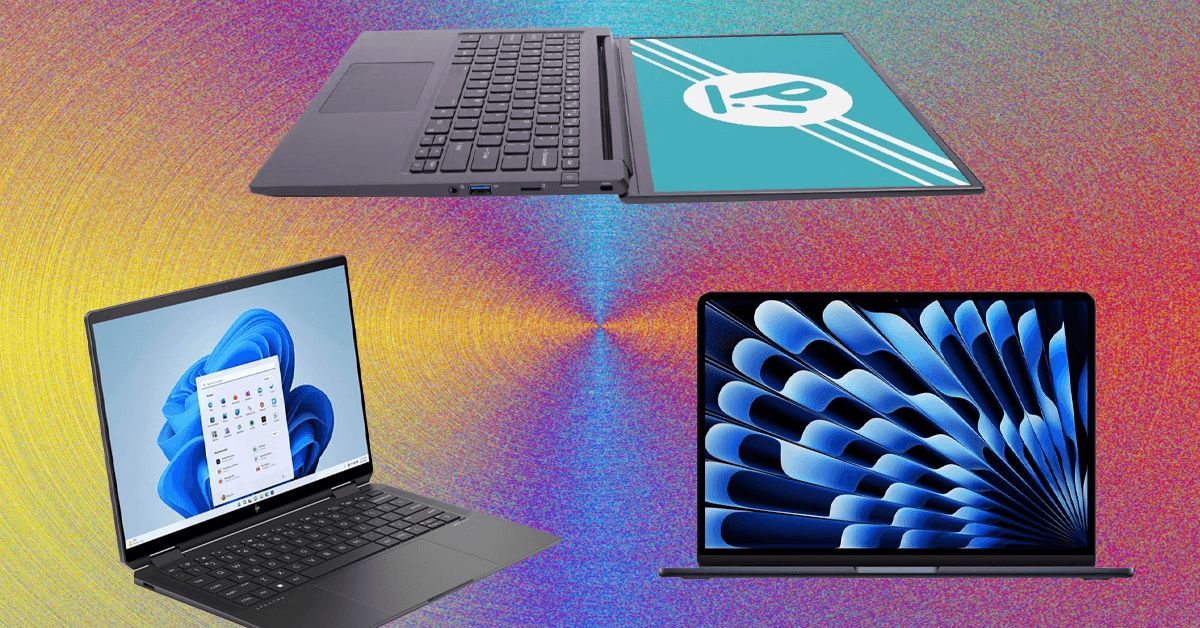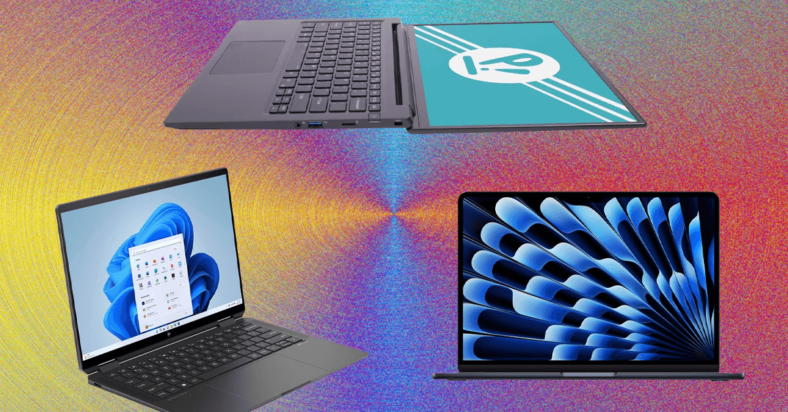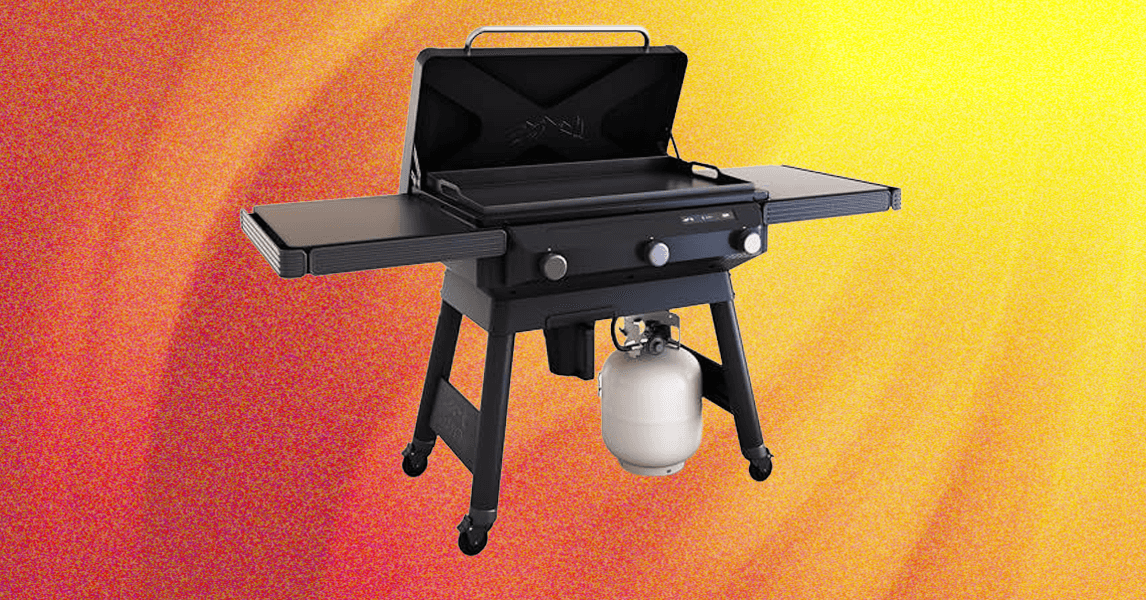

For some people, however, it might be helpful to think through what software you need to run and which operating systems it runs best on will help you determine the hardware you need. And let’s not forget: ChromeOS and Linux are still alternative options. So, here’s how the four available operating systems break down.
Windows: Windows is the stalwart default OS. Windows is the broadest and most widely used operating system, supporting the largest number of applications and hardware. It may be required by your workplace or because you need it to run a specific app. But most importantly for buying a laptop, going with Windows 11 gives you the widest range of devices to choose from. Due to its open nature, new laptops are coming out throughout the year, ranging from cheap laptops to blinged-out gaming laptops. There is even a variety of 2-in-1 laptops to consider, with adventurous designs and integrated touchscreens. Regardless of your budget, you’ll have an easier time finding something in the Windows ecosystem that works for you.
macOS: Apple’s macOS is a bit more beginner-friendly than Windows, but it’s tightly coupled with the company’s hardware. Your buying options are limited to MacBooks. Since Apple uses its own chips and MacBooks are a different beast altogether, we have a separate guide to picking the best MacBook. If you’re already bought into the Apple ecosystem with iPhones or iPads, MacBooks have several software features (such as AirDrop and Universal Control) that are legitimately convenient.
ChromeOS: If you can do most of your laptop tasks in a web browser and are trying to save some cash, ChromeOS is a good choice. Chrome laptops (called Chromebooks) are also among the cheapest (and least powerful) you’ll find, so the OS is also worth considering if you’re on a tight budget. Although Chromebooks are most often associated with the dirt-cheap school laptops that are loaned out to high schoolers, they’ve grown into something more than that. The “Chromebook Plus” designation rolled out in late 2023, a way of emphasizing higher-end Chromebooks that use faster processors, more memory, more storage, and better video cameras, such as on the Samsung Galaxy Chromebook Plus. The same limitations are still there, though. You can’t run Adobe’s Creative Suite or Microsoft Office. Some apps, notably Office, do have an Android phone/tablet version you might be able to install on your Chromebook (or a web version), but I have found Android apps often don’t run well. Read our Best Chromebooks guide for more.
Linux: If you don’t need MS Office and don’t mind a learning curve, you can install Linux on just about any piece of laptop hardware ever created. Like with ChromeOS, the catch here is that popular apps like MS Office and Adobe’s Creative Suite don’t support Linux. However, there are free, open source alternatives like LibreOffice, Darktable (Adobe Lightroom replacement), and GIMP (Adobe Photoshop replacement). See our Best Linux Laptops guide for some of our favorites. And if you’re wondering about Linux support on Qualcomm’s new Snapdragon X CPUs … it’s in the works. There’s an experimental version of Debian you can install now, but it’s still rough around the edges. Qualcomm’s road map indicates full support is probably at least six months out.
Understanding Processor Names (CPUs)
Intel
Once you know which operating system you want and have some idea of the software you’re going to run, you can figure out the minimum hardware specifications you’ll need. The first thing we suggest looking at is the processor, also referred to as the chip or the CPU. These days, there are four competitors in the laptop space that you need to know about.
For decades, few things in tech were as iconic as Intel’s “Core i” branding. CPUs are complicated (and usually involve a string of numbers), but you could at least always know that the Core i7 was faster than the Core i5. Intel introduced new branding back in 2023, however, which swapped out “Core i5” for “Core Ultra 5.”
The latest generation of chips from Intel, for example, is its 15th generation of processors, also known as Intel Core Ultra Series 2. You’ll know you’re getting these latest chips by the first number in the SKU. For example, the most common laptop chip in this line is the Core Ultra 7 258V. Once you’re in the right generation, the letter at the end of the SKU is also very important, especially in this current generation of chips. Here’s a simpler breakdown:






